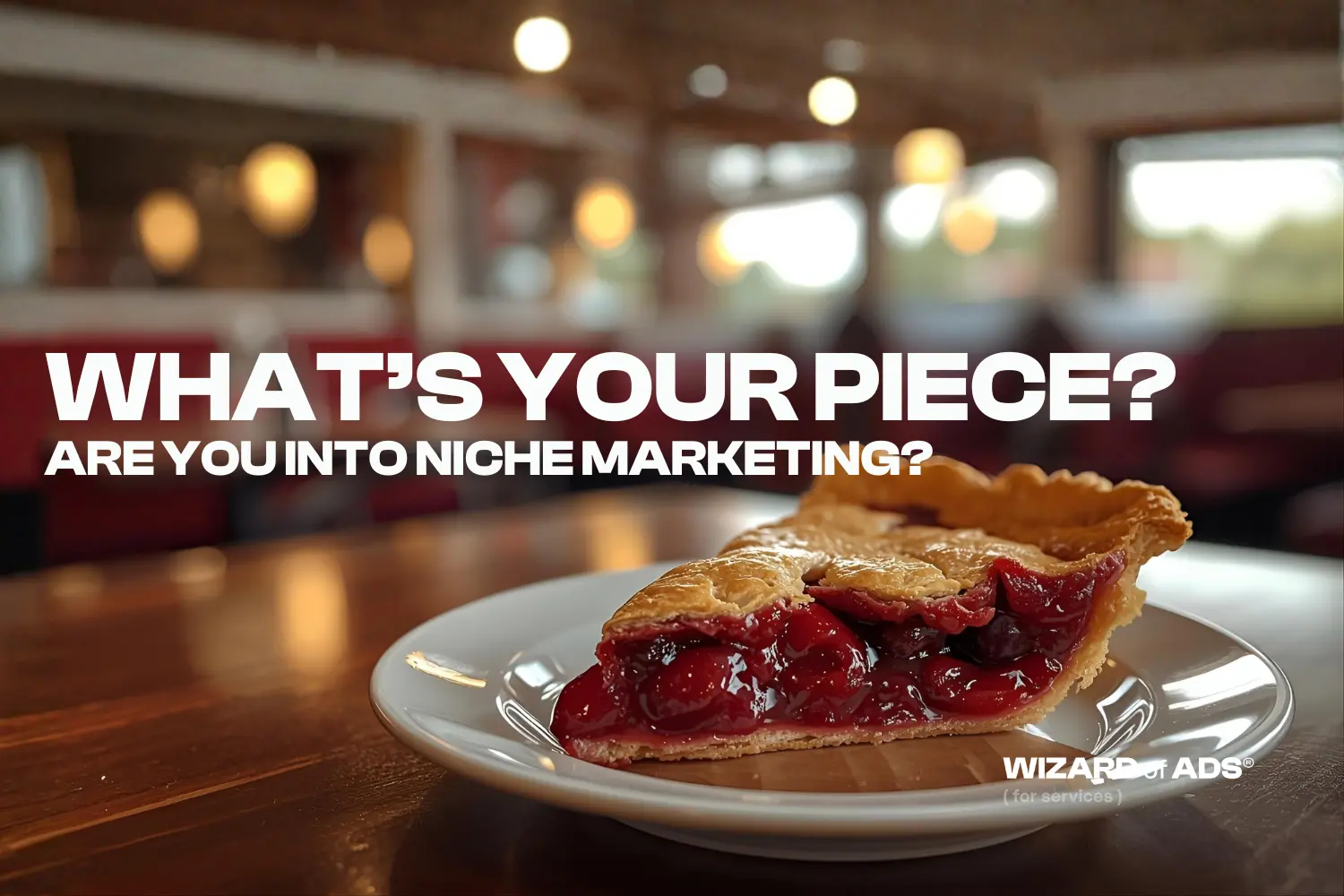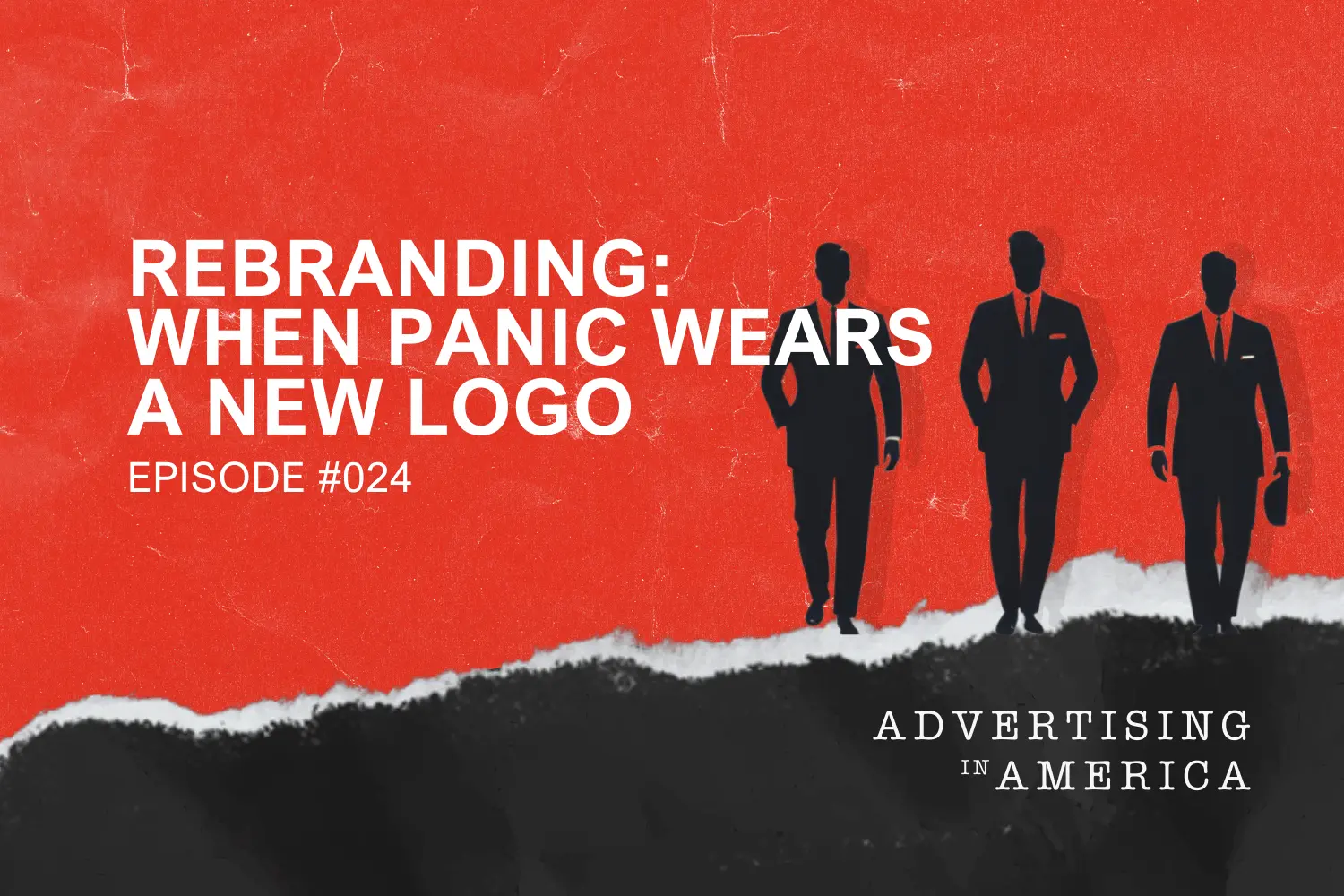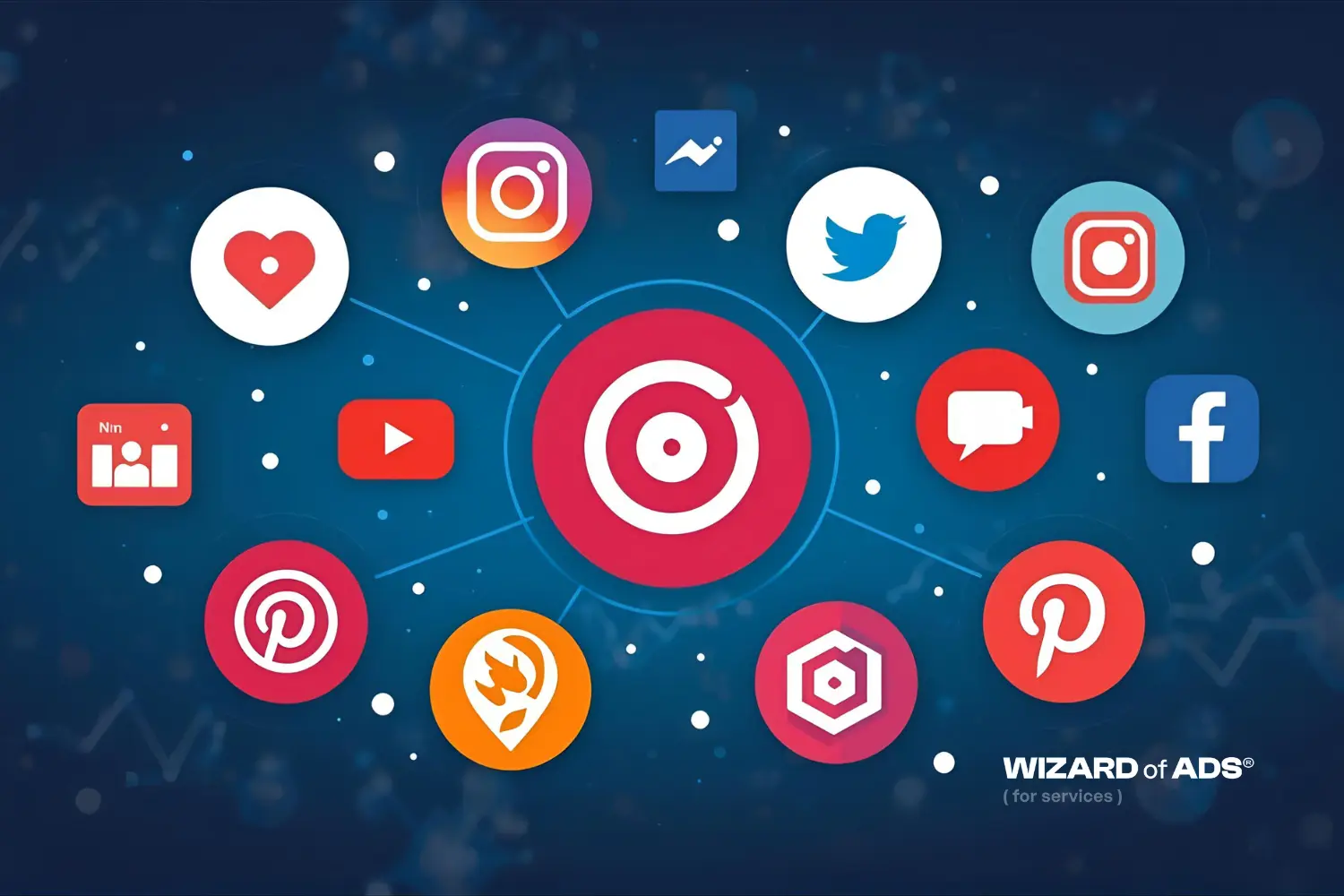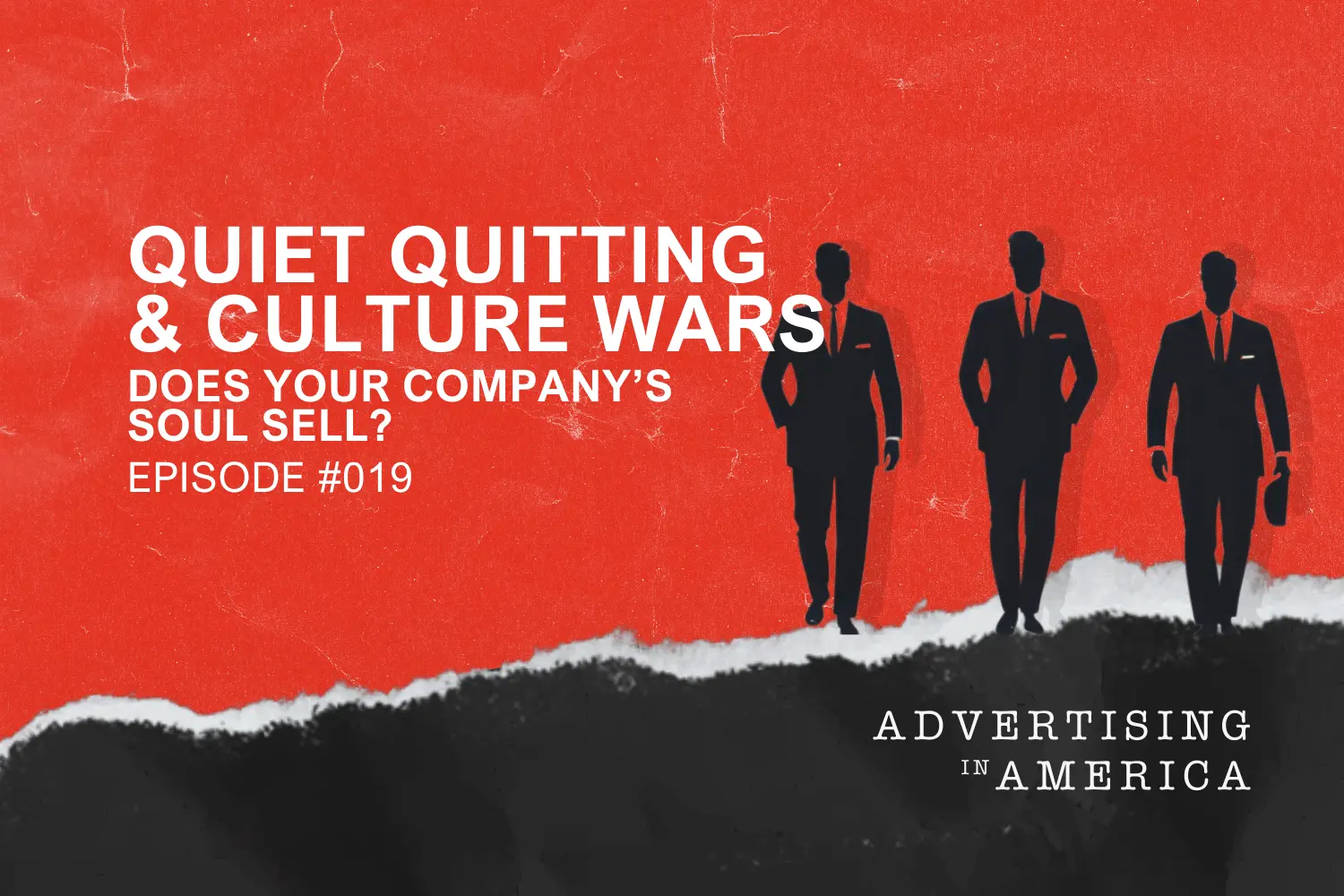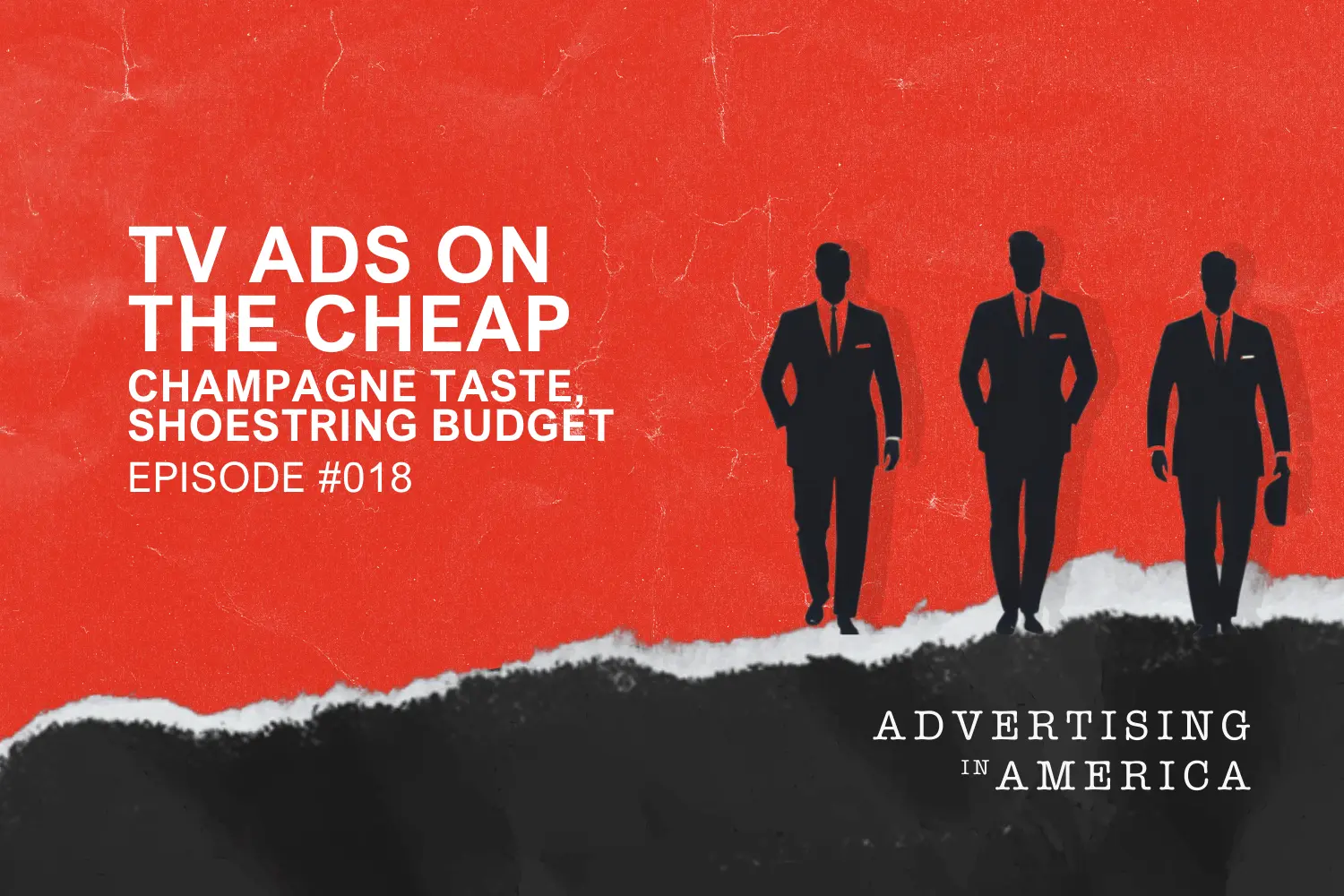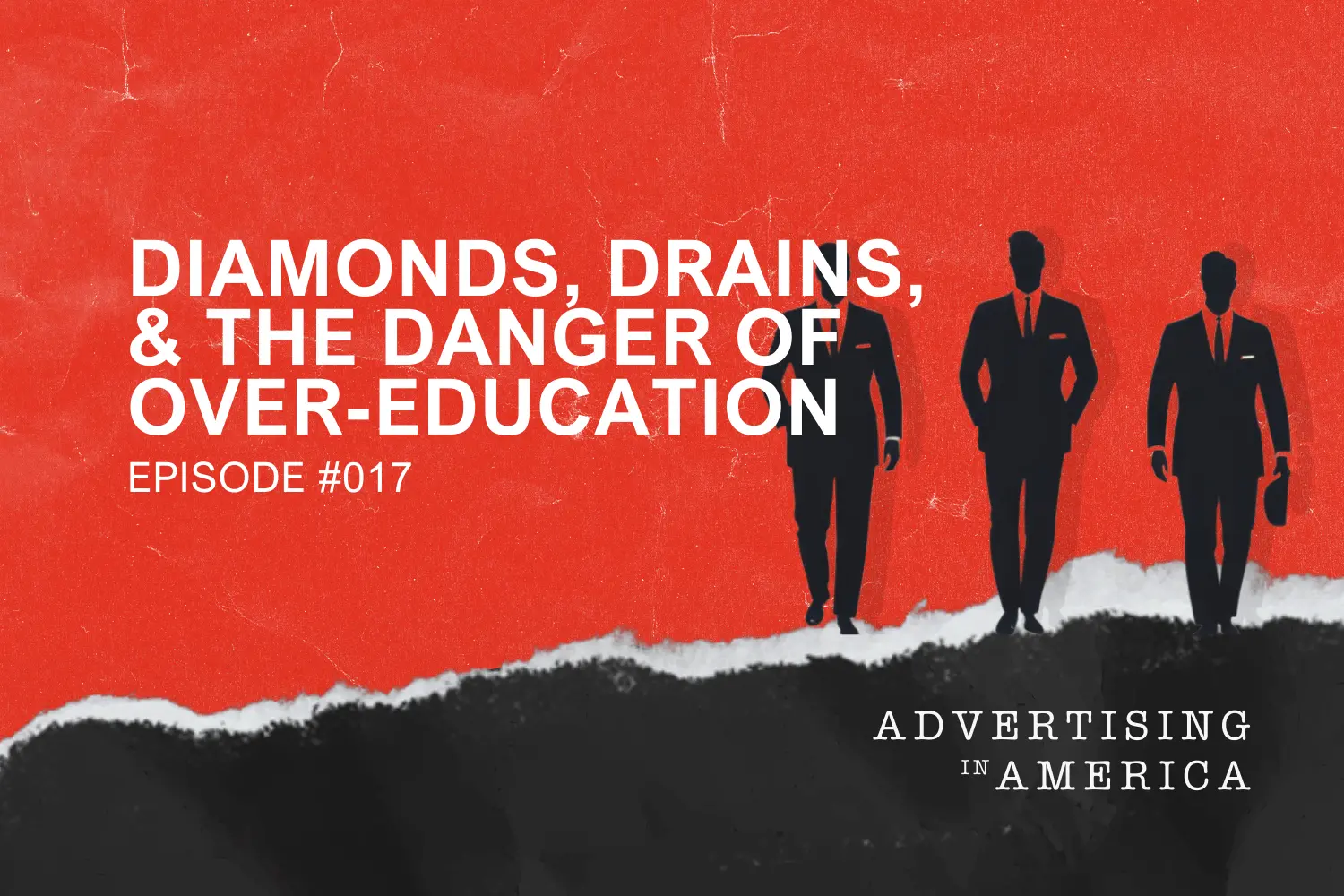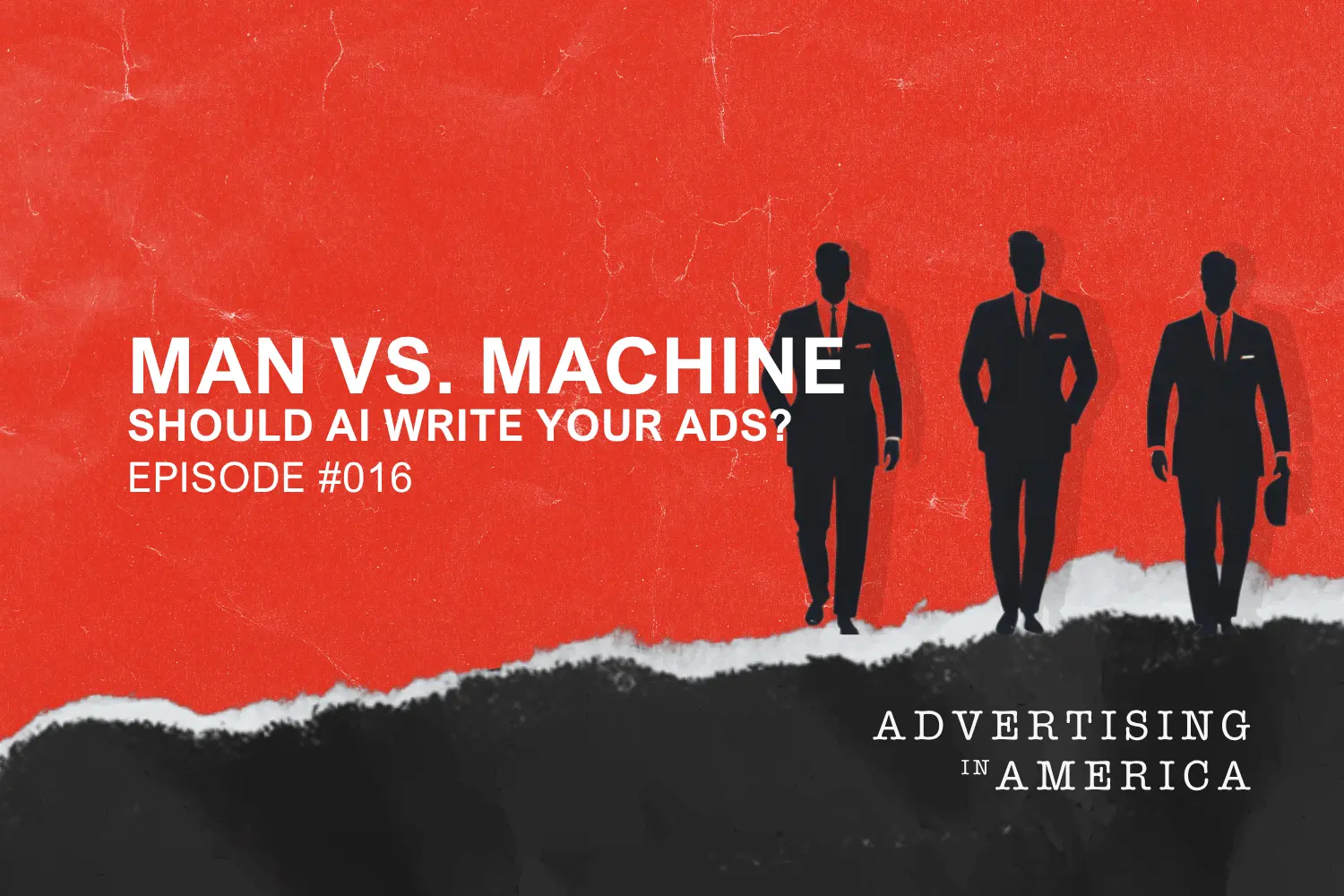![What Does Informative Advertising Mean? [+Examples]](https://cdn.prod.website-files.com/63924096a9b09037d66f6ecc/683093aedbc6de5e4f38b512_What%20Does%20Informative%20Advertising%20Mean%20%5B%2BExamples%5D.webp)
Informative advertising is one of two most popular types of advertising. The other type is persuasive advertising, and both can be effective at affecting consumer behavior. Which one you turn to depends on your goals and the situation you find yourself in. So before we go any further, let me first ask…What is it that you most want to make — money, a name or a difference? Almost everyone seeks all three. But there’s always one priority, so you’ll need to be honest with yourself. What’s your priority with your business? What end should your advertising decisions be in pursuit of? The answer is going to make a difference in how you allocate your resources. If you’re not able to decide which of the three goals you seek most, then read on. By the end of this article, you’ll have a clearer answer regarding your goals and how to achieve them.
What Is Informative Advertising?
Let’s start by defining informative advertising: a facts-and-figures based method of convincing your audience they need your product or service. With statistics and numbers, you can demonstrate your product’s relevancy and value. It’s essential to only cite true information from trustworthy sources, though, or you’ll ruin your credibility. And a company with no credibility can’t market effectively, especially not with informative advertising methodology. In theory, once your audience is made aware of key information, they’ll be convinced to make a purchase. The question is, what information would lead them to the conclusion that they simply have to buy your product? Think about what facts really set you apart from your competitors. Are there any areas where you know you’re stronger than the rest? If so, that’s where you’re going to want to focus people’s attention. At the very least, the information you provide should pique their interest to learn more. That way you can offer them more information down the road that will hopefully lead to sales.
Informative Advertising vs. Persuasive Advertising
In contrast to informative advertising, there’s persuasive advertising. Persuasive advertising relies on the emotional side of an audience’s decision making process. By appealing to emotions, these persuasive ads aim to make their audience feel a certain way. And then that feeling leads to the decision of purchasing the product. For example, a persuasive ad for sneakers might try to make you feel lazy for sitting around on your rear all day instead of getting out for a walk or run. In simplest terms, informative advertising relies on logic while persuasive advertising relies on emotion. Which appeal will make a bigger impact on your target audience?

What Is the Main Purpose of Informative Advertising?
Any advertisement aims to sell a product or service. The only difference is how they try to make that sale. With informative advertising, the marketing method centers on offering education that convinces a potential buyer to make a purchase. This type of advertising works best when a product is superior to its competition in a measurable way. Are facts and figures on your side because of your product’s high-quality? If so, informative advertising can be extremely effective. Identify what you’re most proud of in your product, and then use whatever metrics you have to prove it. Another benefit of informative advertising is that prospective customers are more likely to feel that they made their own choice. With persuasive advertising, if it’s done too heavy-handedly, then you risk your audience feeling manipulated. Remember: advertising is as much of an art as it is a science, so it requires a delicate and nuanced approach. But if you aren’t very well-practiced with these two types of advertising, you don’t need to get all wound up. We’re here to help. We have the experience to help you set and follow your marketing strategy to best meet your goals. Contact us at Wizard of Ads® for Essential Services today!
Examples of Informative Advertising
Now that we’ve covered the theory behind informative advertising, let’s go over some real-life examples. Seeing what other companies do in their ads is a great way to study marketing methods. Use those ads to jumpstart your efforts. When you find an ad that you think works well, try to figure out what exactly works and why it does. That way, you can apply the same ideas to bolster your own strategy. We’ll help you get started with the following ads.

The Surfrider Foundation
In this ad, The Surfrider Foundation is using the informative advertising method. The ad reads, “What Goes in the Ocean Goes in You. Recent studies estimate that fish off the West Coast ingest over 12,000 tons of plastic a year. Find out how you can help turn the tide on plastic pollution at www.surfrider.org/rap.”The goal is to educate the audience on the extent of pollution in the ocean. More specifically, it highlights the exact amount of plastic that fish eat in The Pacific Ocean. Lastly, they tie that figure to human seafood consumption: if you eat fish, you’re eating plastic. People generally don’t want to eat plastic, so this ad is going to grab the attention of its readers. The Surfrider Foundation is hoping that people’s actions are driven by a lack of knowledge or awareness, and that if they just really knew, they’d change. They’d want to reduce their harmful contribution to ocean plastic pollution, and they’d turn to the foundation for more information. For informative advertising, keep in mind that your information has to be reputable. By citing real and high-quality research, this type of marketing is much more effective. Otherwise, it’ll work against you.
Front App
One situation in which informative advertising tends to be effective is a product launch. How can consumers choose your product if they don’t know about it? Some basic information can go a long way with initial advertising efforts. Front App teamed up with a blog in their industry to launch their product. By choosing TechCrunch, a reputable site, Front App is offering their target audience information. That information on their product is meant to help them gain a following. By educating readers on how their product works and benefits them, Front App can establish their audience base to further grow. Establishing a base can help build momentum down the road. This article acts as a full run-down of the relevant information about Front App, including what the product is and who can benefit from it. General informative advertisements aren’t always a good idea, though. If you’ve already established a customer base, you’re going to want to hone in on some more specific information. Since your audience would already know about you if you’re an established brand, they won’t be interested in basic information. Instead, focus on something more unique that your audience hasn’t heard before.

Miller Lite
Bud Light created an ad campaign that pointed out some information about Miller Lite. Miller Lite’s ingredient list includes corn syrup, and the implication behind the information is that Miller Lite is more unhealthy than Bud Light. As a response, Miller Lite clapped right back with their own advertisement. They did so in the form of a counter-campaign, again based on informative advertising principles. They compared the calories and carbs in both beers to show that Miller Lite has fewer calories and carbs. This information is meant to imply that despite the corn syrup, Miller Lite is still a better option than Bud Light for health. Then, the information is also used to back up their central claim, which is that Miller Lite has more taste. Another example is what happened here with another of Miller Lite competitors, Michelob Ultra. Michelob’s advertising pointed out that they had fewer calories than their competitors, including Miller Lite. So, Miller Lite ran an ad that pointed out that the difference was exactly one calorie. In the commercial, a person goes to check out at a liquor store with Michelob Ultra. The cashier looks at the Michelob Ultra beer and says, “You know Miller Lite only has one more calorie, right?” The customer immediately goes back and chooses Miller Lite instead. This commercial implies that if users knew that the difference was so small, they’d always choose the superior-tasting Miller Lite instead. After all, what beer drinker cares about one measly calorie? This ad definitely shifts toward persuasive methods at the end. When that tone shifts and the customer goes back to choose Miller, it serves as an example of how you can blend both philosophies.
Often, it’s effective to start with a factual presentation then move on to its emotional impact. Regardless of your marketing, advertising, or sales needs, we’re here for you. If you need a push in the right direction, then Wizard of Ads® for Essential Services is happy to provide you with our expertise. Contact us today to get started!

